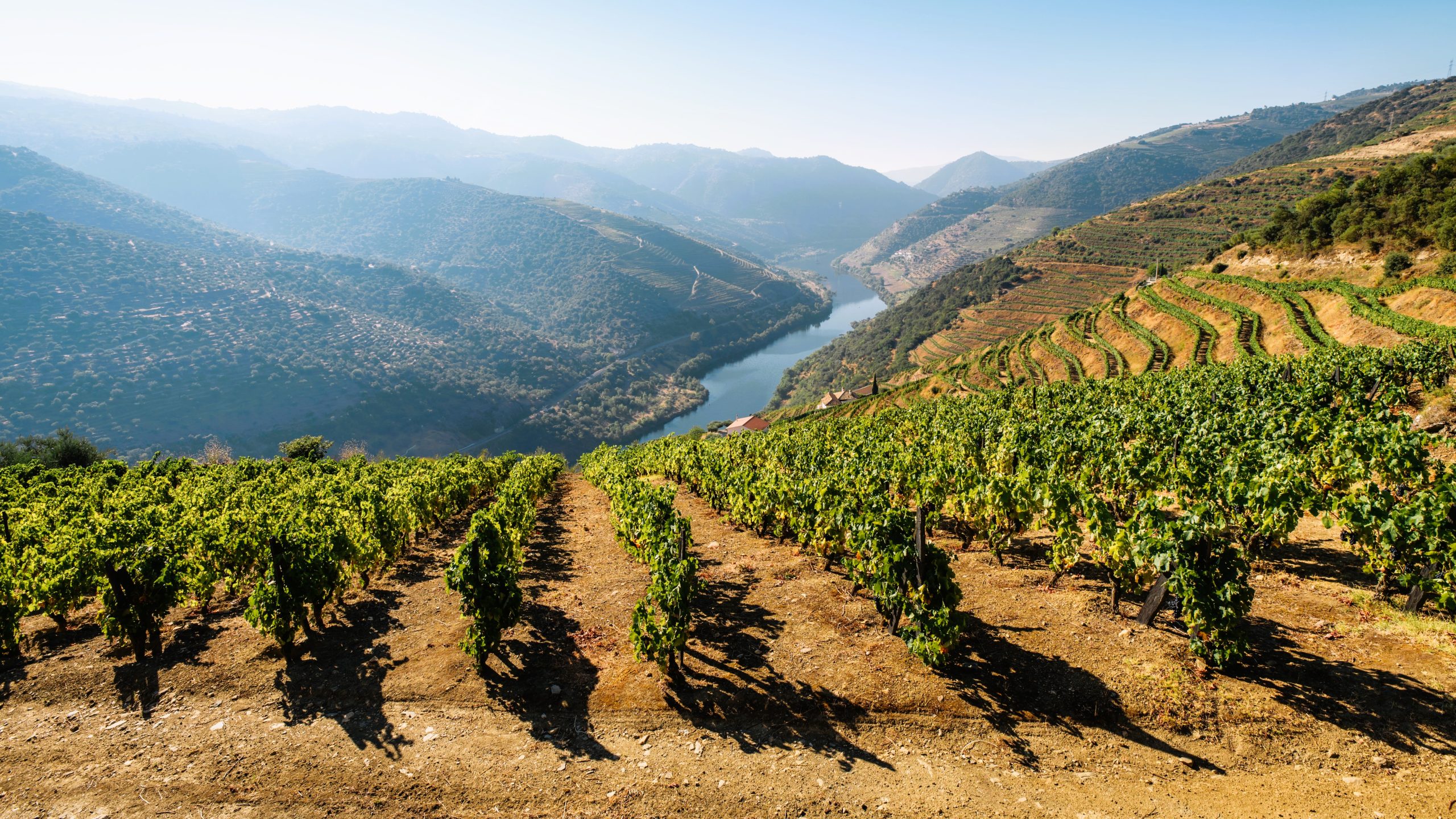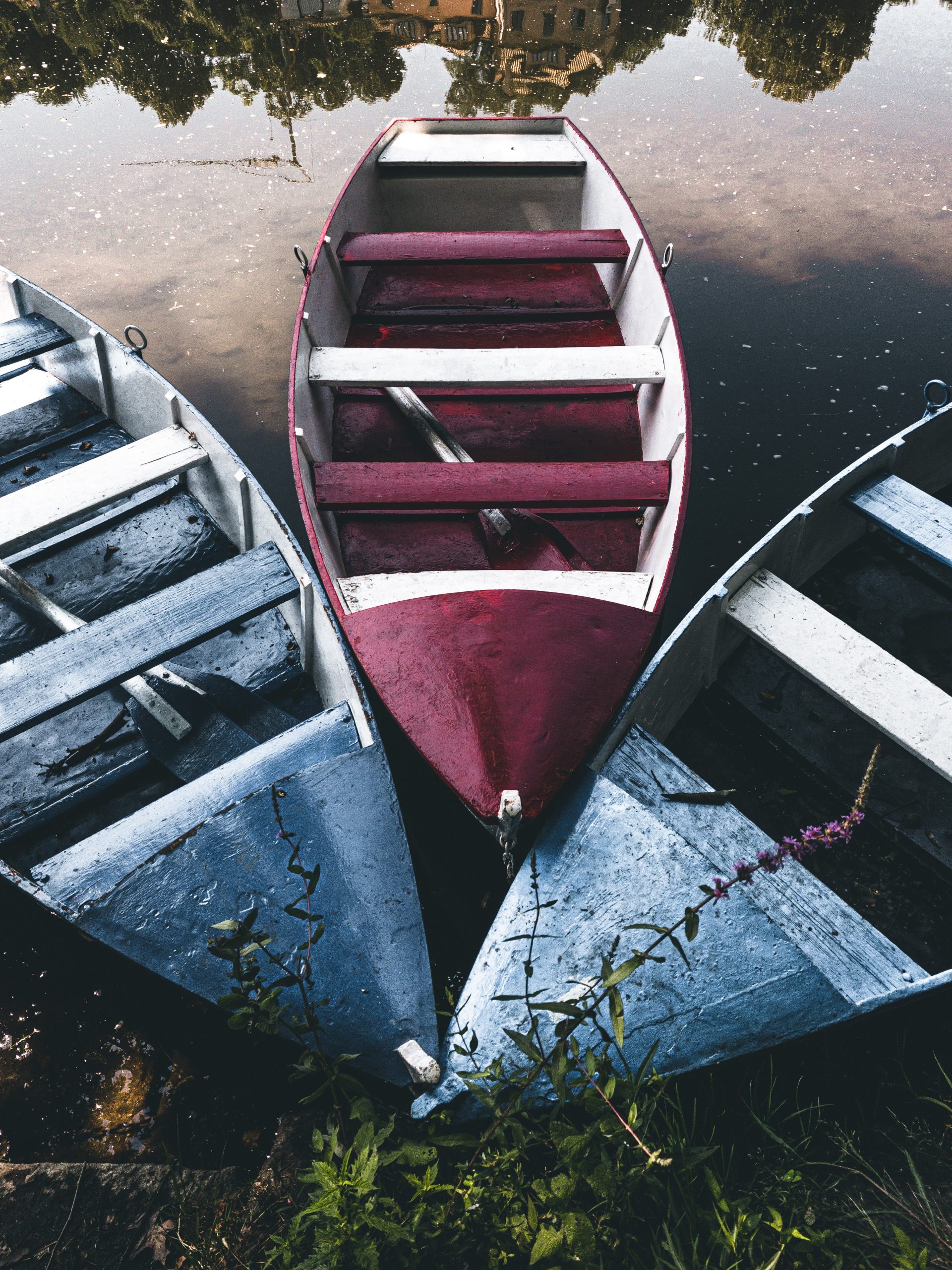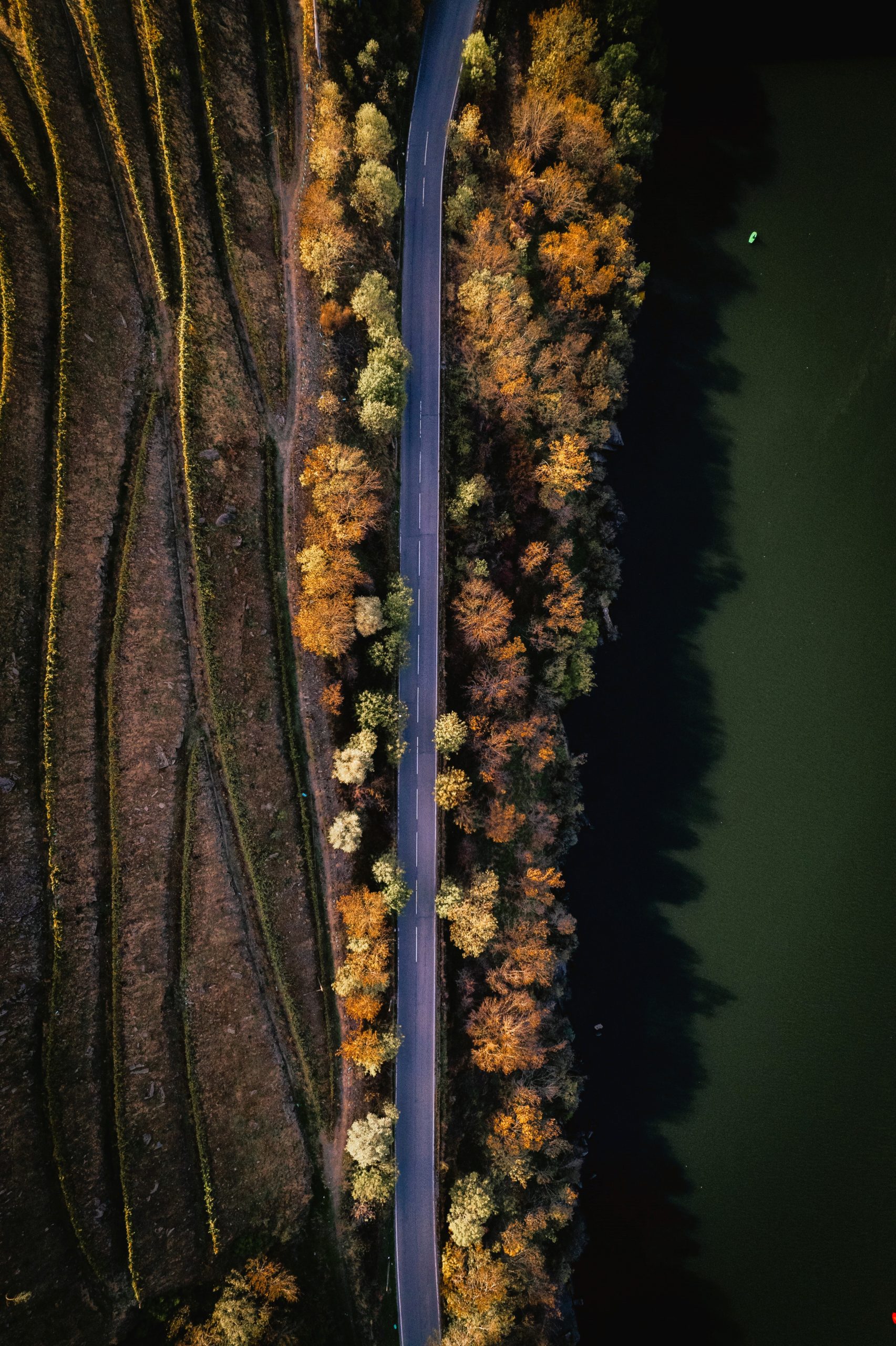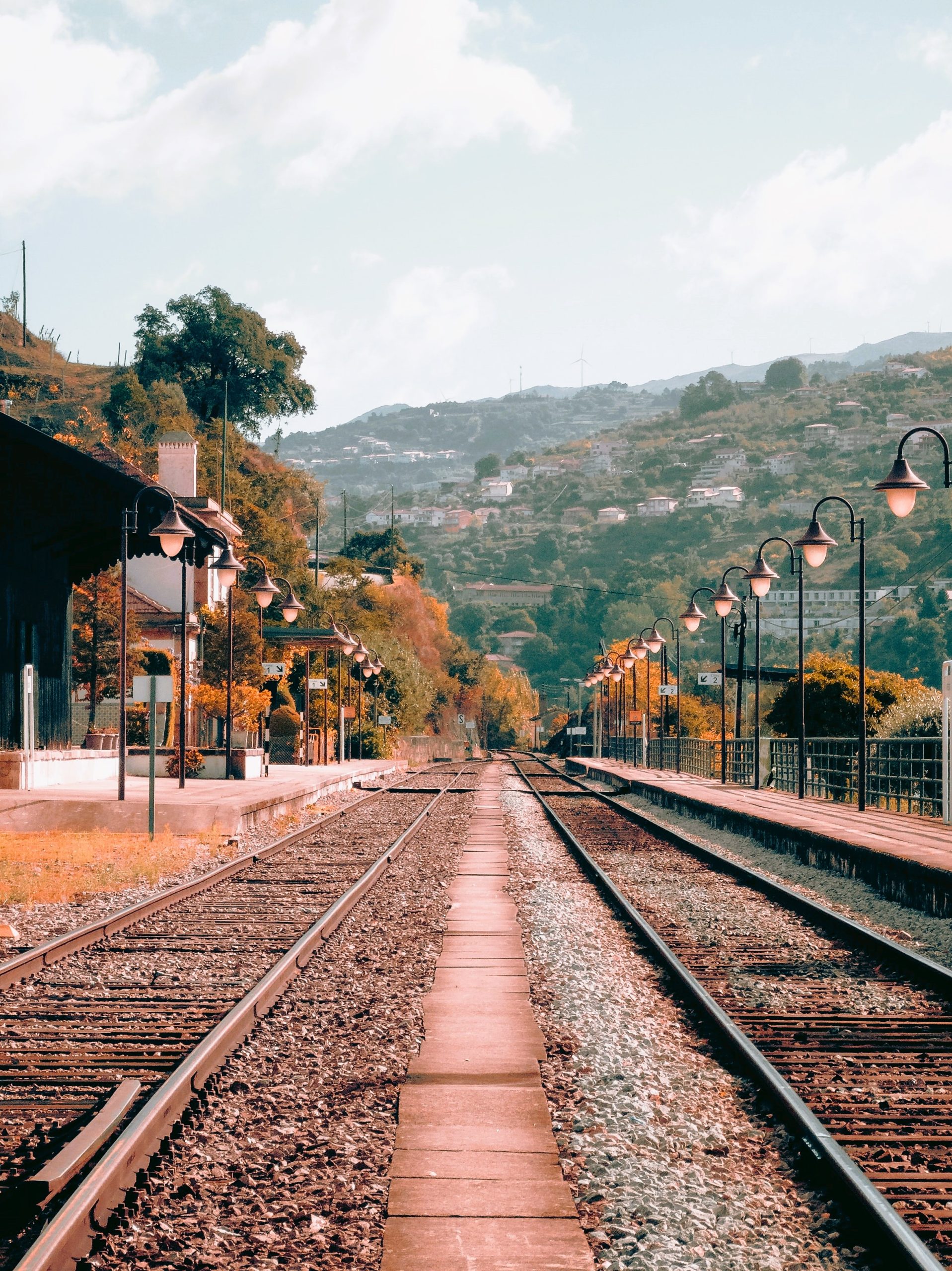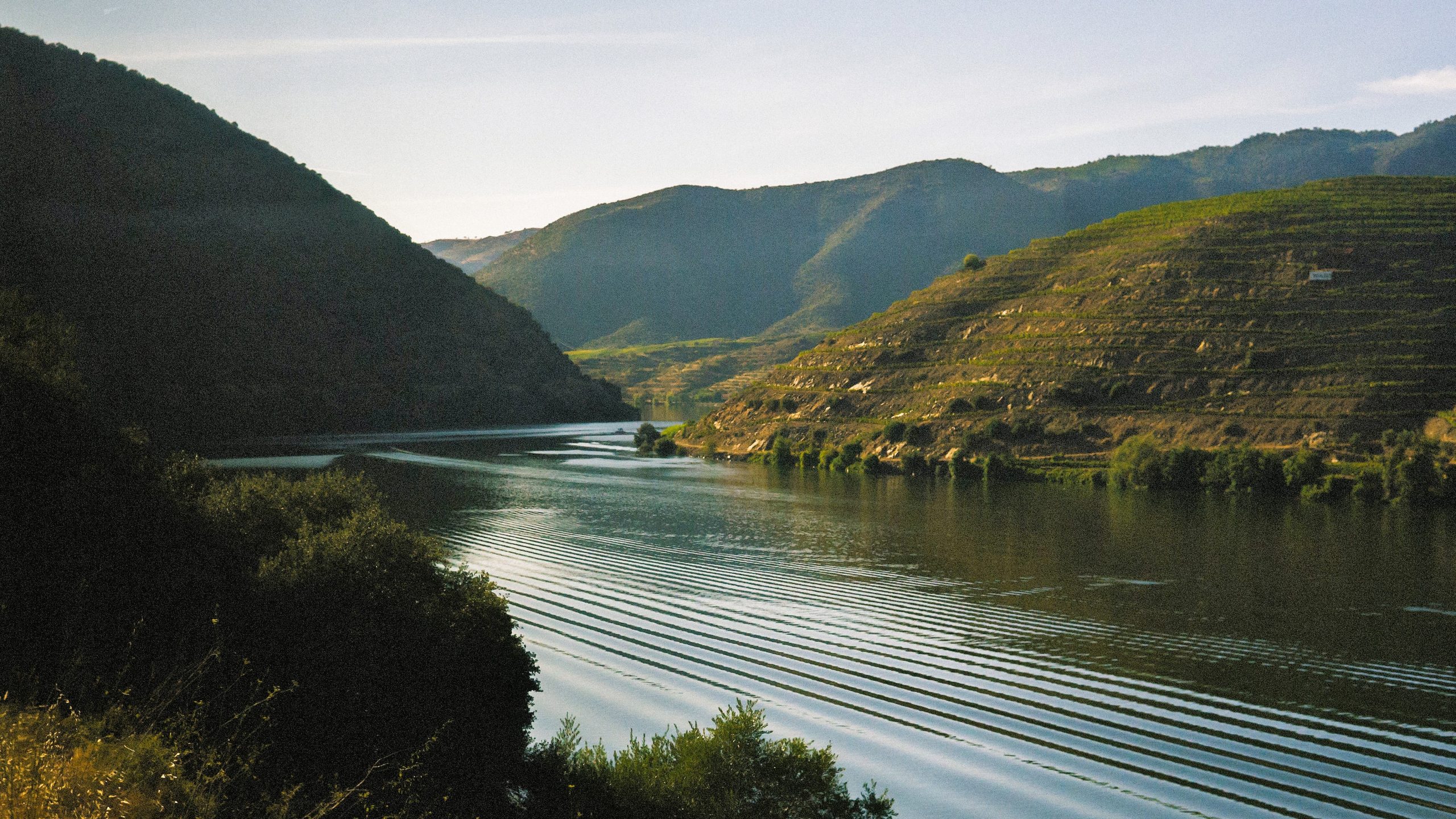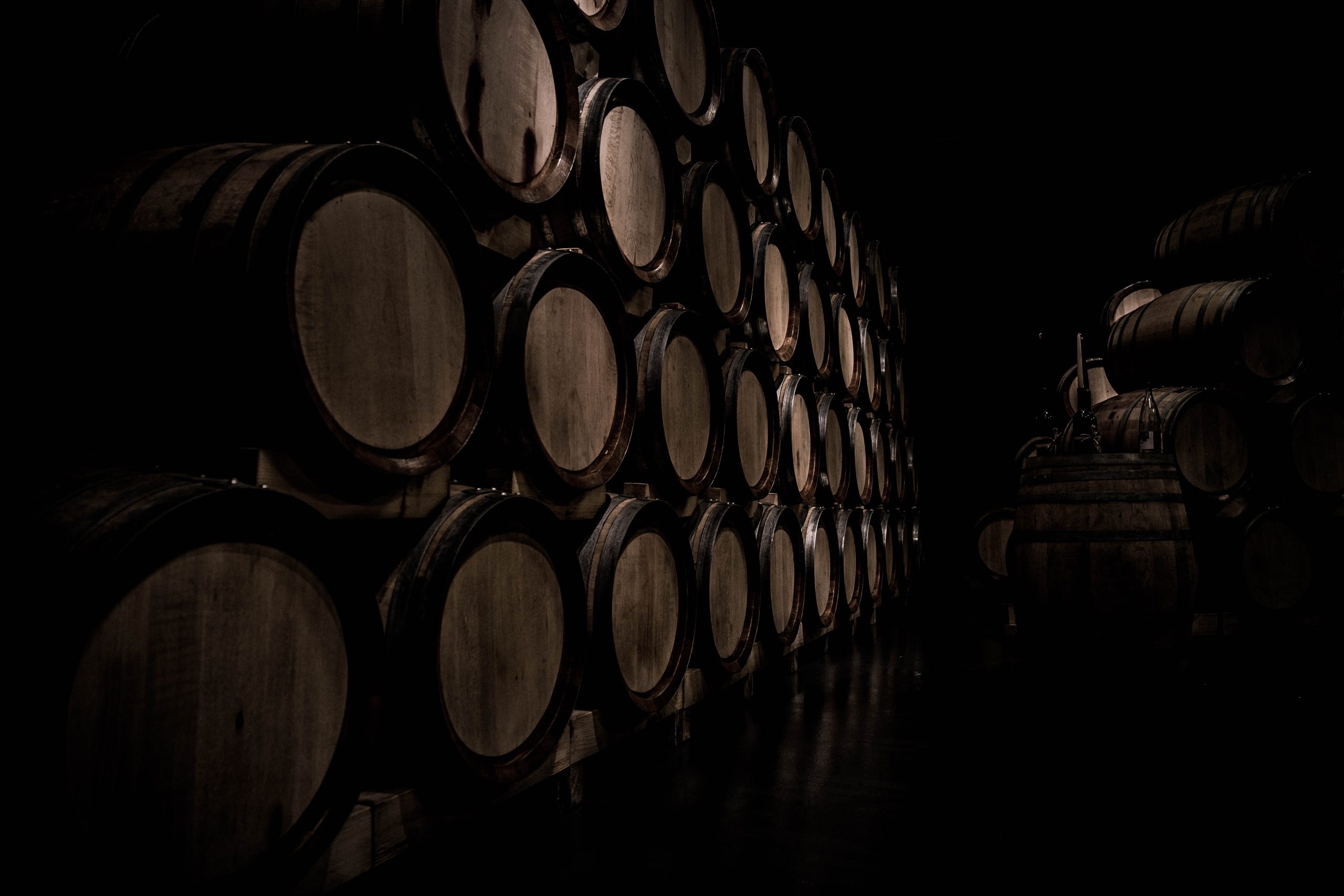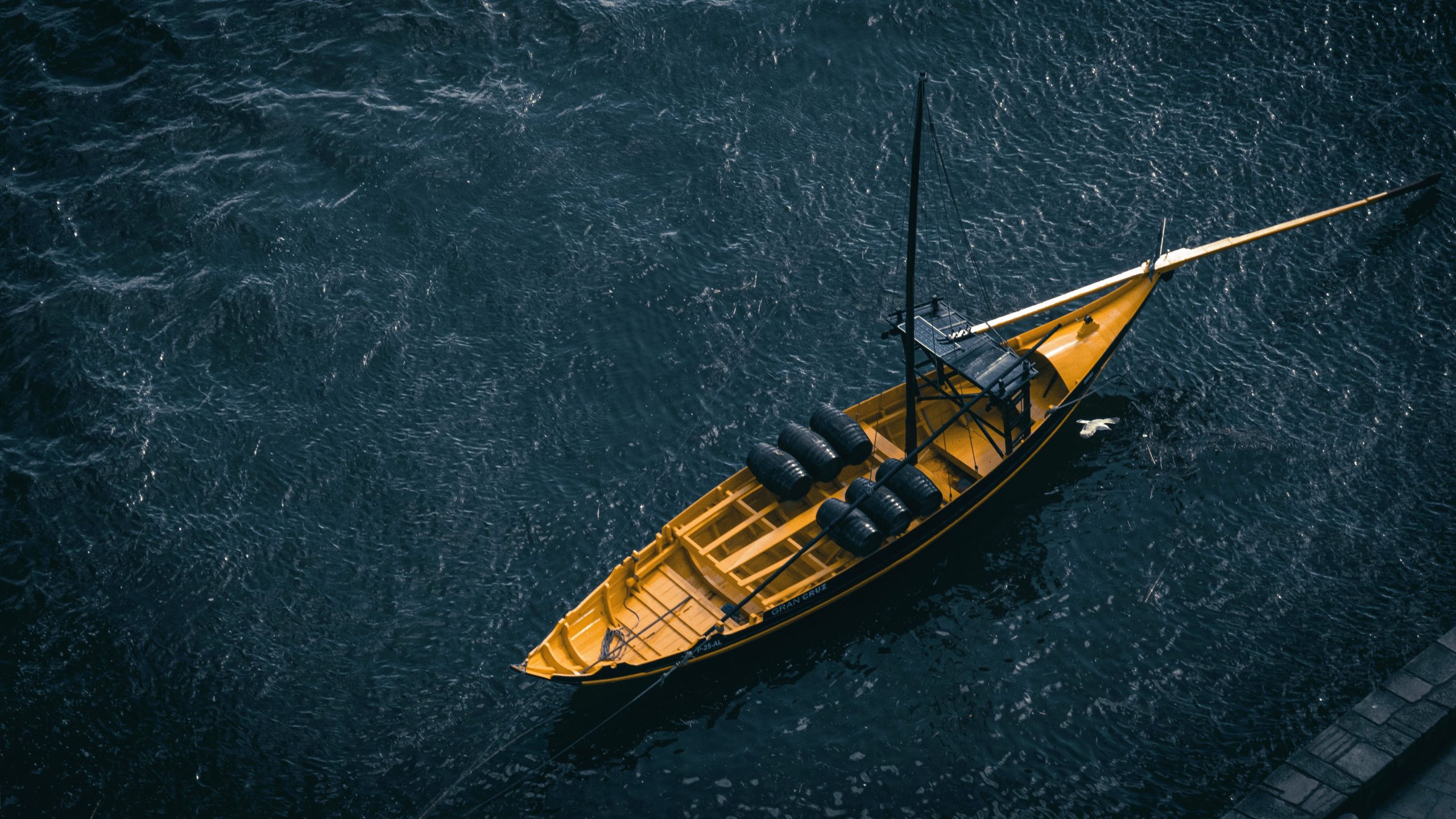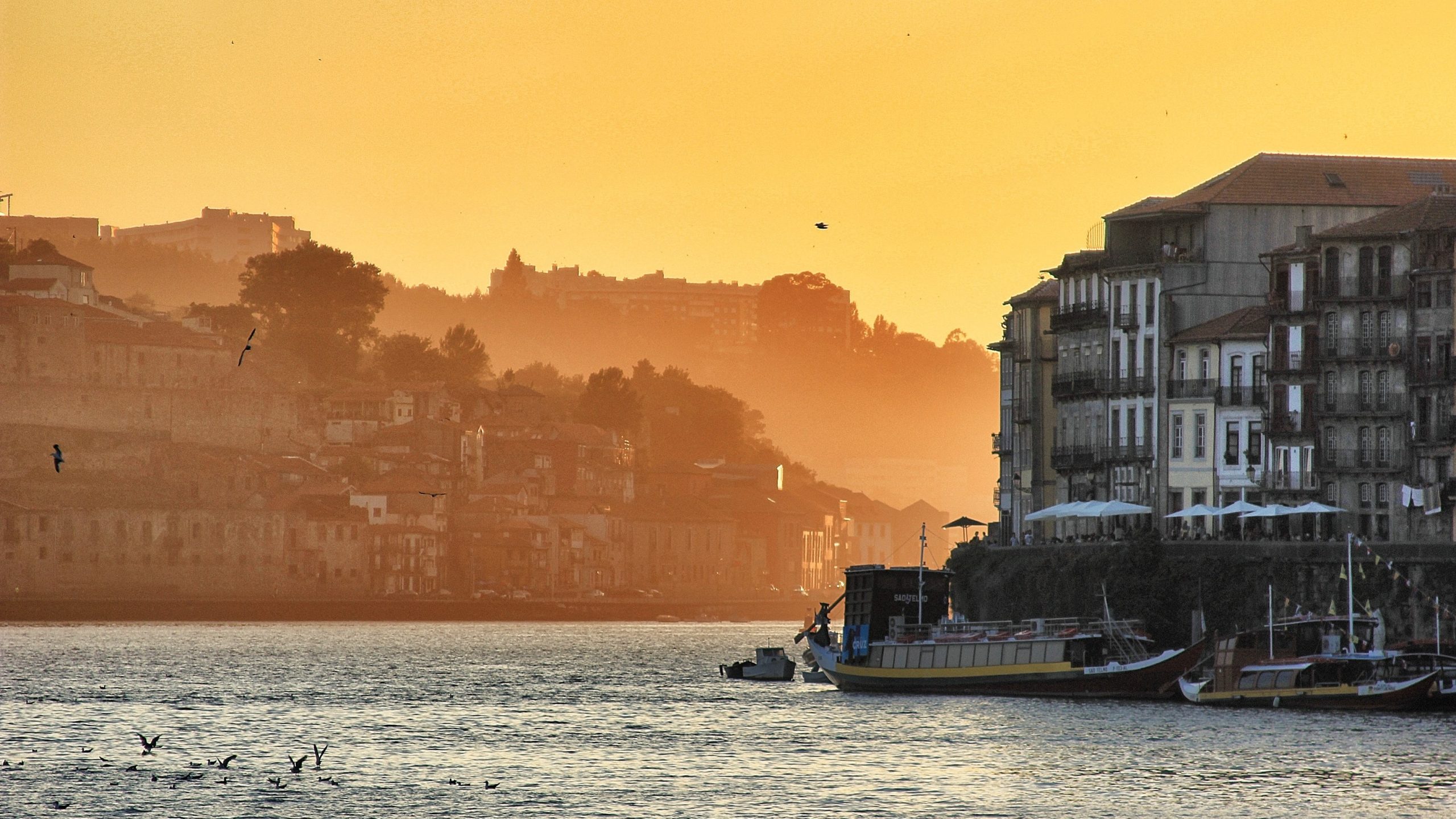The sublime Douro. The prodigy of a landscape that strips itself from its being. It’s not a panorama for the eyes to contemplate its nature’s excess, A geological poem. An absolute beauty.” (Unofficial translation) This way, Miguel Torga, one of the most prominent Portuguese poets of the XX Century, describes Douro’s Valley.
Marão is the name of the hill that leads us to Amarante, our first stop, and where we can pray to a well-known matchmaker saint, Saint Gonçalo de Amarante. Besides admiring the church and the convent that foes by the name of the worthy saint, we can also see the bridge from the XVIII Century that unites the margins of the Tâmega River, the largest Douro’s affluent. It will also be an opportunity to taste one of the land’s five conventual pastries in one of the bakeries that overlook the river.
Continuing our way to Douro’s Valley to see his schist terraced fields, vineyards, olive trees, and mountain charms that rise to the sky. Unesco considered this region a Heritage of Humanity in 2001. 335 stone marks surround this production region with the name “Feitoria” (factory). This way, Marquês de Pombal created the first demarcated wine region in the world on September 10, 1756. With it, he ensured the quality of the product, avoiding adulterations, balancing the production and the market, and stabilizing the prices.
We will also have time to admire a breathtaking view of the Miradouro de Casal de Loivos (viewpoint) and visit Pinhão’s train station, where the 24 tile panels show us the arduous work of producing the precious nectar.
One of the options to keep in mind in this tour will be enjoying the ride aboard a Rabelo boat, as the ships used in the past for the transportation of wine between Douro’s Valley and Gaia’s wine cellars (Caves) are called. To navigate on the calm Douro River’s water while admiring the magnificent landscape that appears to have been sculpted by some renascence master is an unforgettable experience.
Finally, we will have time to visit a wine production farm where traditional grape stomping (pisa) mixes with some technology to produce Porto Wine and table wine.
